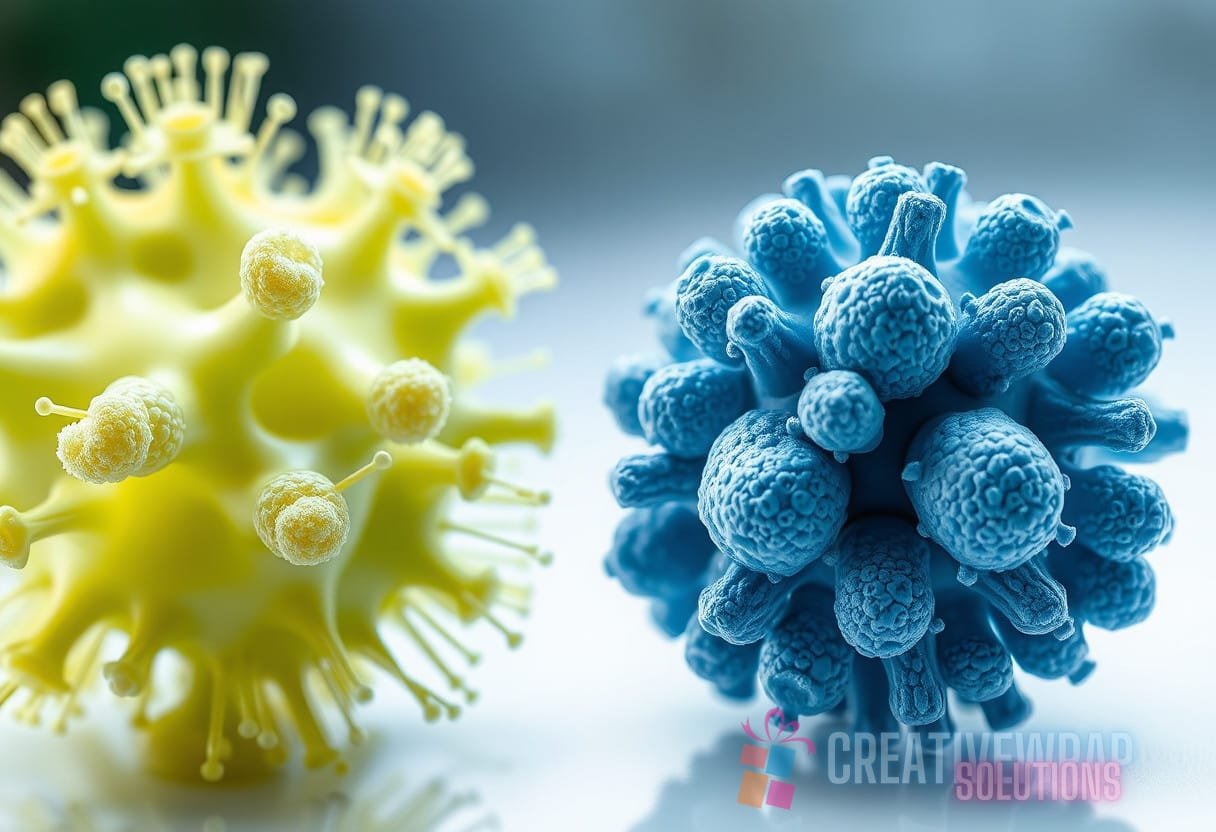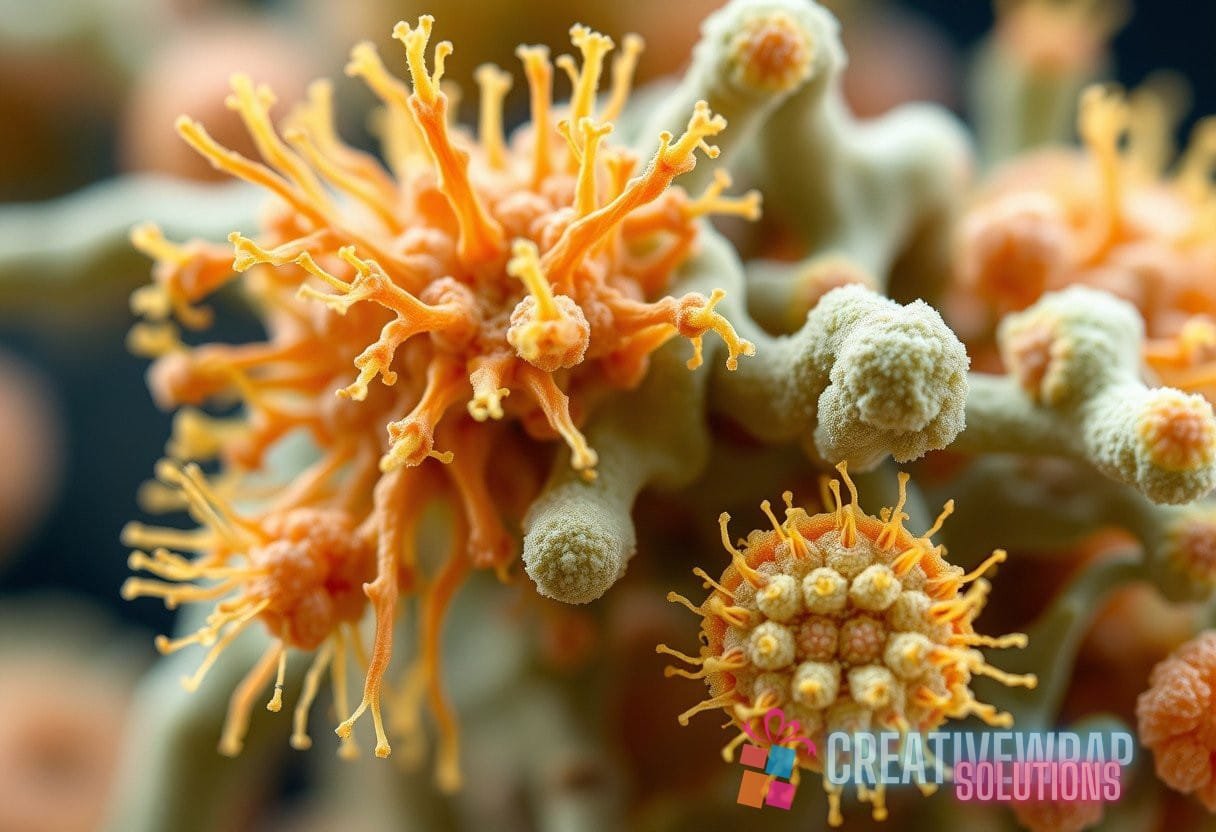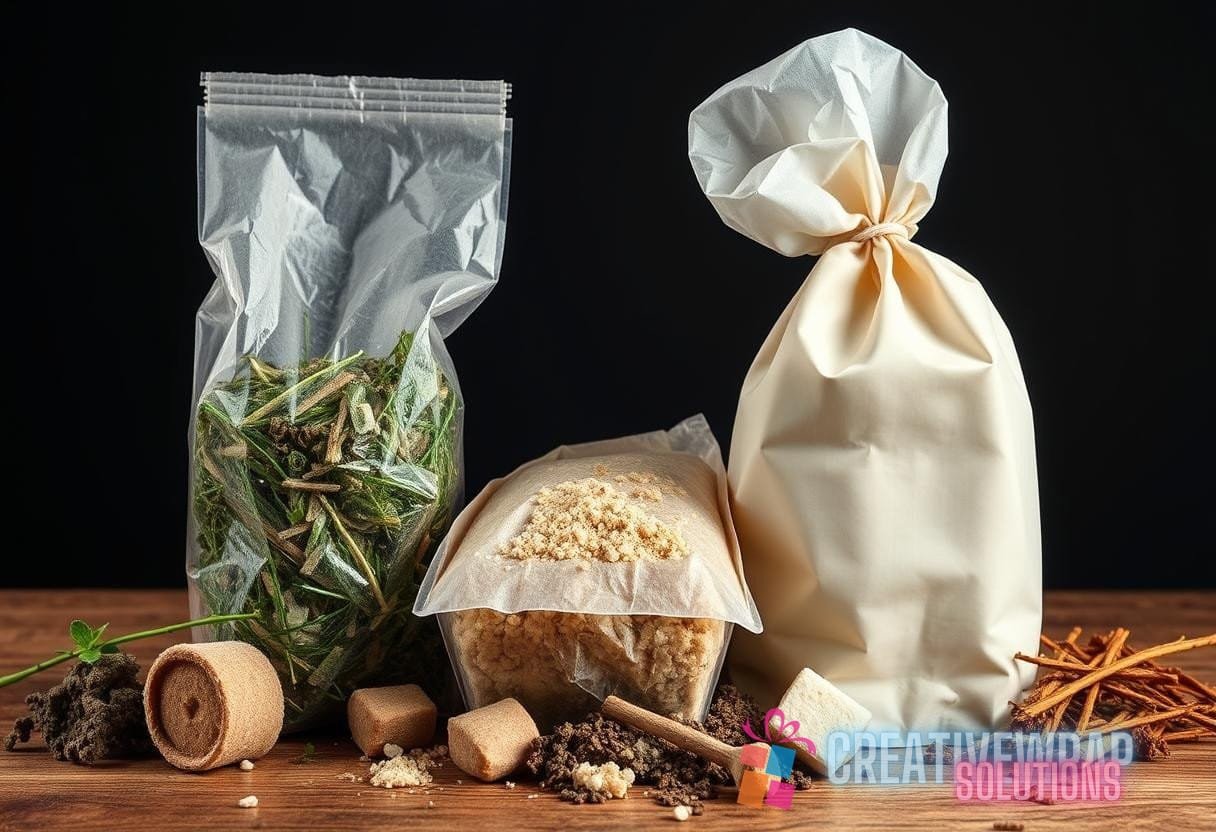Introduction to Nature’s Engineers
Bacteria have long been overlooked in the grand narrative of material science, yet they represent a formidable ally in the quest for sustainable materials. Dubbed “nature’s engineers,” these microorganisms exhibit extraordinary capabilities that can be harnessed for developing innovative materials known as bacterial biocomposites. Through metabolic processes, bacteria can facilitate the transformation of organic matter into useful materials, showcasing an intricate synergy between biology and engineering.
The Science Behind Bacterial Biocomposites
Understanding Bacterial Biocomposites
Bacterial biocomposites leverage the natural abilities of bacteria to generate materials that can be utilized in various applications. At their core, these materials are composed of biopolymers produced by microbial activity, combined with other organic or inorganic components. The composition and properties of these biocomposites are determined by several factors, including the type of bacteria used, the substrate available, and the environmental conditions.
Some common types of bacterial biocomposites include:
- Algal Biofilms: Formed by the growth of algae in association with bacteria, these biofilms can create robust and environmentally friendly materials.
- Mycelium-Based Composites: Utilizing fungal interactions with bacteria, these materials have applications in packaging and insulation.
- Polyhydroxyalkanoates (PHAs): Biodegradable polymers synthesized by various bacterial species, these are used in biomedical and agricultural applications.
The Mechanisms of Bacterial Production
Bacteria thrive in diverse environments and possess metabolic pathways that allow them to convert substrates into biopolymers. This conversion process typically involves:
- Fermentation: Anaerobic or aerobic processes where bacteria break down organic matter to produce bio-based materials.
- Biodegradation: The natural breakdown of materials into simpler compounds through bacterial action, an essential process that can help us recycle materials.
- Biological Mineralization: The process where bacteria induce mineral deposition, creating bio-aggregates that can form strong composite materials.
Applications of Bacterial Biocomposites
Innovative Uses in Packaging
The packaging industry is increasingly seeking sustainable alternatives to conventional materials. Bacterial biocomposites, particularly those derived from mycelium and bacterial cellulose, offer eco-friendly options that are biodegradable and compostable. For example, companies like Ecovative Design are using mycelium-based products for packaging materials, significantly reducing environmental impact.
Construction and Building Materials
In the construction sector, bacterial biocomposites have shown promise in developing eco-friendly materials. Bacteria can be used to enhance the properties of concrete and soil. The incorporation of microbial-induced calcite precipitation (MICP) technology exemplifies this, where specific bacteria produce limestone through metabolic processes, increasing the strength and durability of materials.
Biomedical Applications
The biotechnology realm also benefits from bacterial biocomposites. These materials are being explored for applications such as drug delivery systems, tissue engineering, and bio-implants. Bacterial cellulose, for instance, has gained attention for its biocompatibility and ability to support cell growth, making it an ideal candidate for wound dressings and scaffolds in tissue engineering.

The Environmental Impact of Bacterial Biocomposites
Reducing Waste and Pollution
The production of traditional materials often leads to significant waste generation and environmental pollution. In contrast, bacterial biocomposites can be derived from agricultural by-products, waste streams, and other renewable resources. Utilizing these materials contributes to a circular economy by minimizing waste and promoting sustainability.
For example, researchers have developed biocomposites from food waste, demonstrating the potential of bacteria to transform what was once considered refuse into valuable material. According to a study published in the journal Waste Management, using waste-derived substrates for bacterial cultivation not only reduces environmental load but also enhances material properties.
Life Cycle Assessment of Bacterial Biocomposites
To evaluate the environmental benefits of bacterial biocomposites, it’s crucial to conduct life cycle assessments (LCAs). These assessments help in understanding the inputs and outputs throughout the lifecycle of a product—from raw material extraction to disposal. Studies indicate that the carbon footprint of bacterial biocomposites is significantly lower than that of conventional materials, making them a more sustainable choice for future applications.
Challenges and Future Perspectives
Barriers to Adoption
Despite their promising capabilities, there are challenges impeding the widespread adoption of bacterial biocomposites. Some of these include:
- Scalability: Producing biocomposites at a commercial scale remains a challenge due to the complexities involved in microbial cultivation.
- Standardization: Establishing industry standards for production processes and material properties is essential for gaining acceptance in various markets.
- Public Perception: There is some skepticism surrounding the use of bacteria in materials, necessitating education and awareness initiatives to highlight safety and benefits.
Future Research Directions
As the field of materials science continues to evolve, the potential for bacterial biocomposites remains vast. Key areas of future research include:
- Genetic Engineering: Utilizing synthetic biology to design bacteria with enhanced production capabilities for specific biopolymers.
- Novel Applications: Exploring new markets for bacterial biocomposites, such as textiles and automotive components.
- Integration with Other Technologies: Combining bacterial processes with conventional manufacturing techniques to create hybrid materials.
Conclusion: The Promise of Bacterial Biocomposites
As we stand on the brink of a new era in material science, the role of bacteria in creating sustainable materials cannot be overstated. Bacterial biocomposites represent a fusion of nature’s ingenuity with human innovation, providing novel solutions to some of the most pressing environmental challenges of our time. Through continued research, collaboration, and integration into mainstream industries, the future of bacterial biocomposites looks not only promising but essential for sustainable development.
By leveraging the remarkable abilities of bacteria, we can unlock new pathways for material advancement, highlighting the critical importance of these microorganisms in the broader context of sustainable practices.


